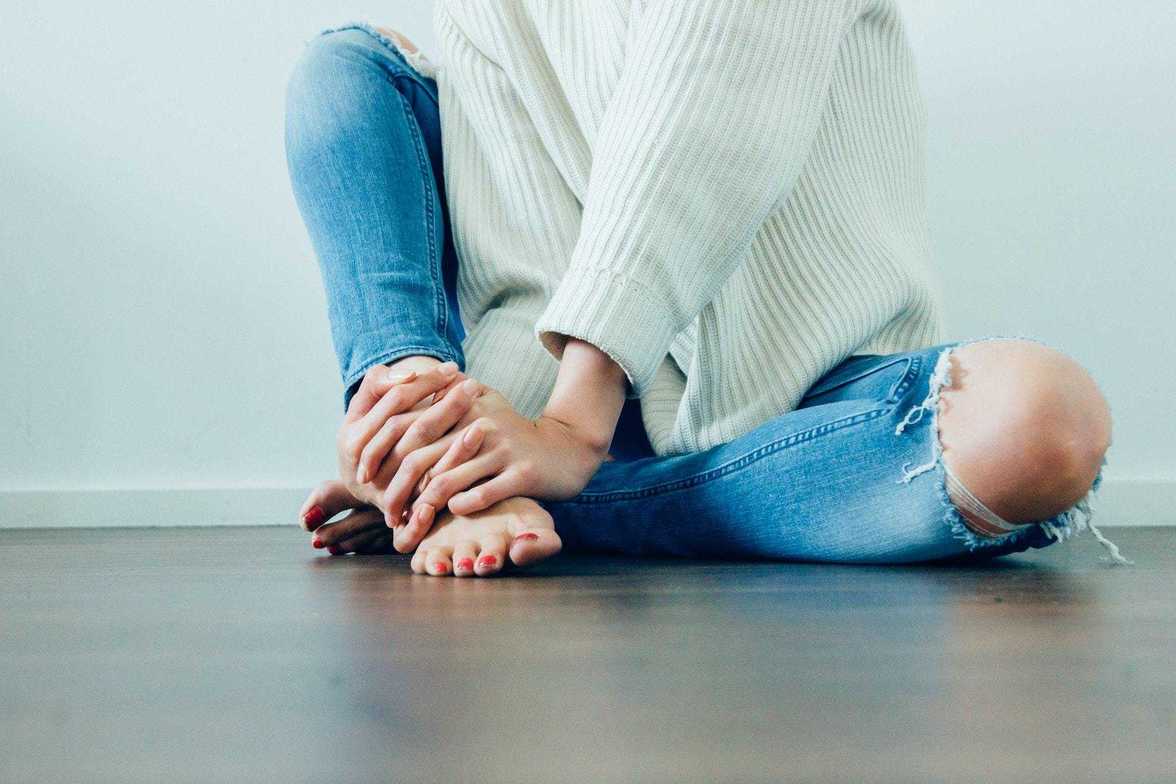
A common complaint that I routinely see in the office is pain in the bottom of the foot. There are a variety of conditions that can cause pain in the foot, however, today I want to talk about plantar fasciitis.
One of the most over diagnosed foot pain related conditions, true plantar fasciitis is a real bugger for those suffering with it. Not only does this condition limit activity levels but it also can create other biomechanical problems for the person suffering as well. By altering the way the person walks, plantar fasciitis can lead to knee pain, hip/low back pain as well as pain in the outside of the leg in the IT Band.
Here are the primary indicators that I routinely hear from patients suffering with plantar fasciitis:
- Upon rising in the morning, first contact with weight bearing on the foot is unbearable. In some cases, the individual feels that the entire leg is going to give out with standing. Walking with a limp for the first 20-30 minutes of the day is not uncommon.
- After a period of rest, like being in the car or seated at a work desk, getting up into a weight bearing stance causes severe pain once again. Often times it takes several minutes to “walk off” the pain.
- While activity like walking and standing can ease the discomfort after rest, there is a threshold that once too much activity has occurred the pain gradually increases in the foot until the individual has to rest. Once again, after rest, the pain is quite intense when returning to weight bearing.
- For many people, this condition will occur after an increase in running distance, climbing ladders, kneeling with the forefoot tucked under the lower leg for extended periods of time and extended periods of time walking with bare feet or unsupportive footwear such as flip-flops or sandals.
Whatever the cause be, plantar fasciitis generally responds well to conservative care. My standard treatment protocol includes manipulation of the foot and knee (and often times the pelvis), in-office exercise therapy combined with instrument assisted soft tissue therapy and ultrasound therapy. I also like to use kinesiotape to support the healing process in aiding in reducing the inflammation in the region.
Home care is also critical for recovery. Here are my general recommendations for self-care when dealing with plantar fasciitis as shown in the video above:
- Perform myofascial release therapy using a golf ball. Simply stand on golf ball with the effected foot, apply weight, and roll the ball along the bottom of the foot. When doing so you are sure to find “hot spots”. Focus on rolling these points out until the level of pain reduces. It won’t go away completely, but it will reduce. Spend a maximum time of 5 minutes doing this.
- Gently stretch the calf muscle by placing the forefoot on the baseboard of a wall and stand upright with a locked knee. This will stretch the muscles and tissues on the bottom of the foot as well as the backside of the lower leg. Perform this stretch 5-7 times, taking 2 deep breaths each time you stretch.
- Freeze a bottle of water. Use this frozen bottle to roll on the bottom of the foot for a period of up to 20 min. Gently roll back and forth. Do not apply the same kind of pressure as you did the with golf ball.
- Repeat this sequence at least 2 times daily.
In many cases, the plantar fasciitis is accompanied with a fallen arch. In these cases, I highly recommend a custom made orthotic to help maintain proper foot balance and alignment. Using orthotics helps to reduce the reoccurrence of plantar fasciitis.



